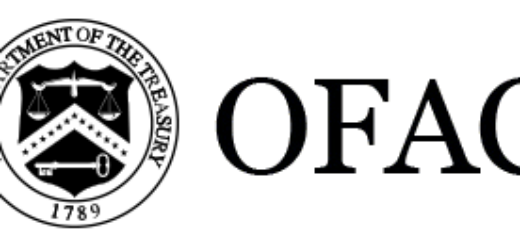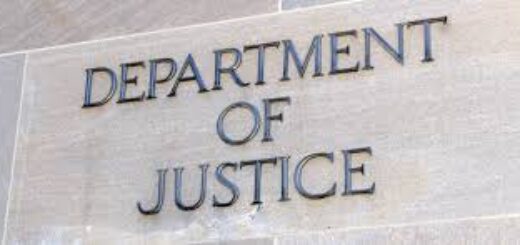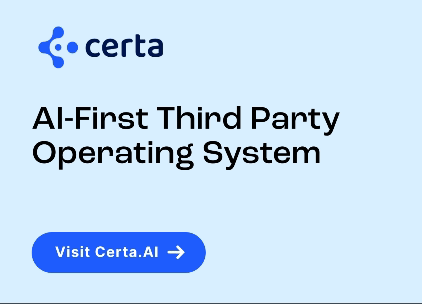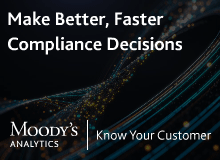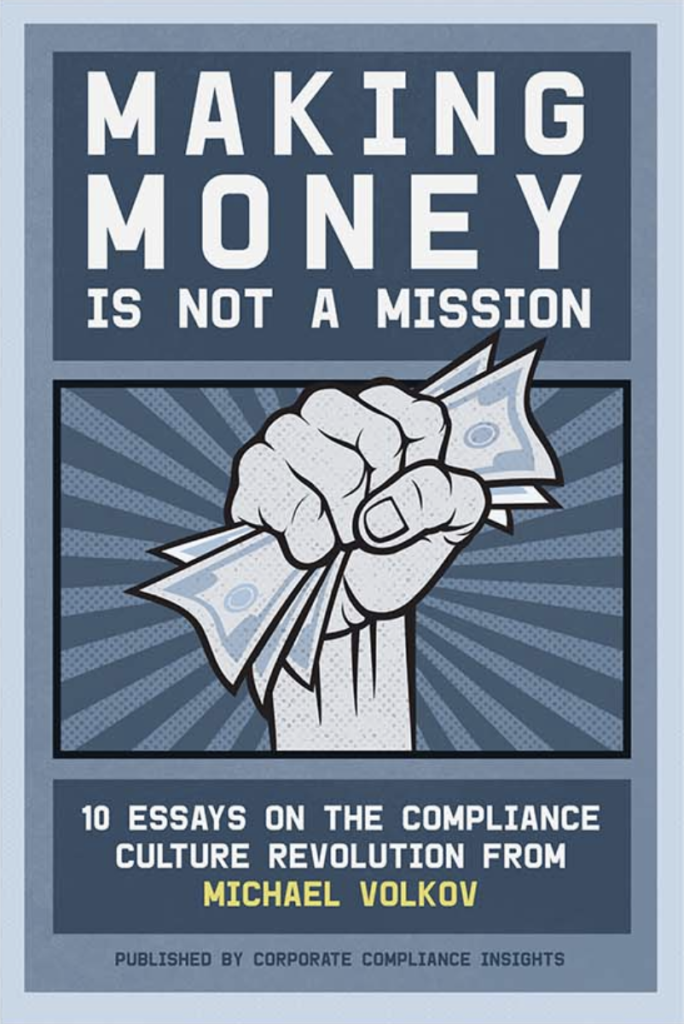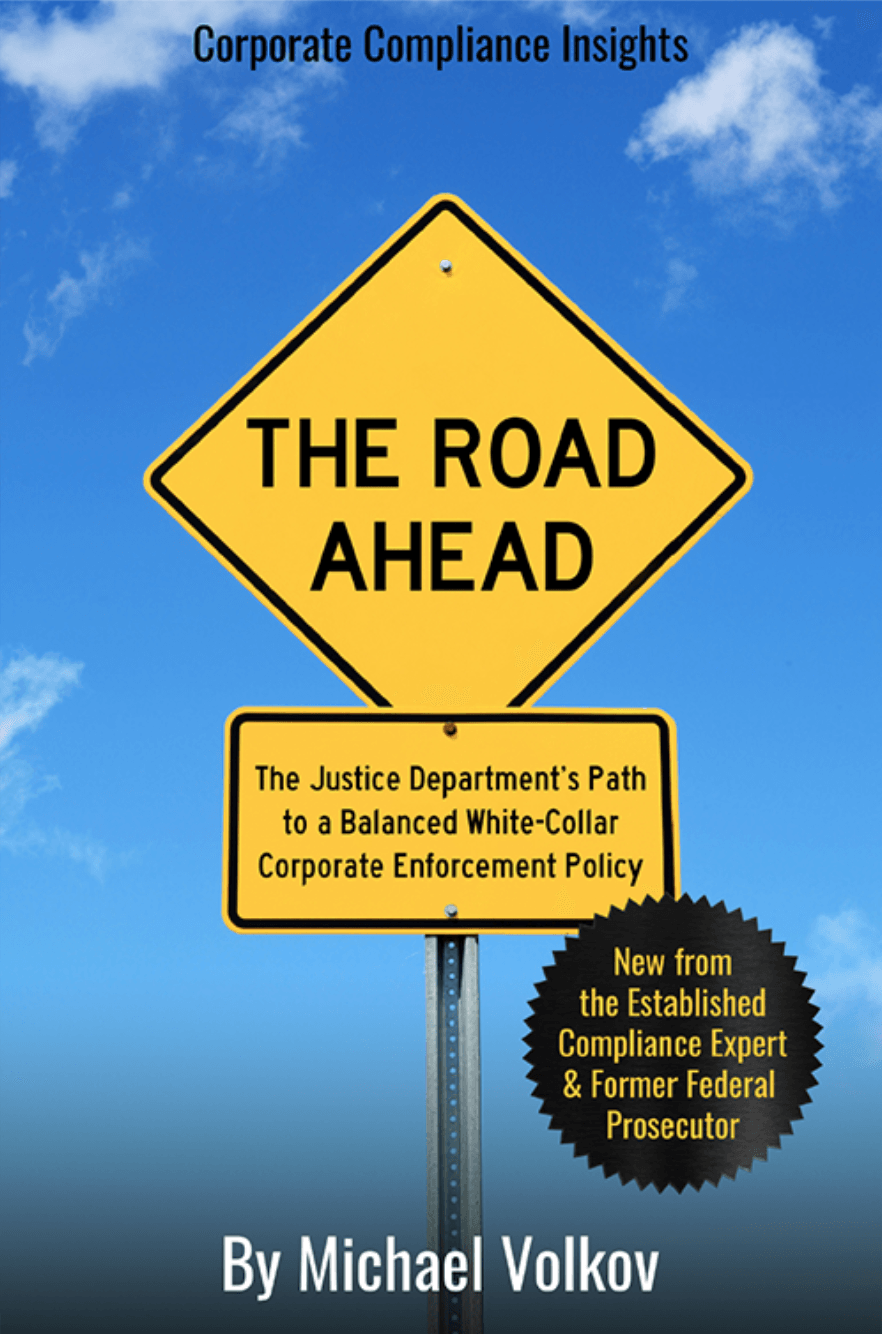Entering the Debate: Balancing Risks, Enforcement, Resources and Priorities

The ethics and compliance field has been tested during the transition to the Trump Administration. Some have held on to the mantra — No Change — to respond to the changes in the role of the federal government, enforcement priorities and expectations.
Let me offer a little more nuanced response to the current situation. I agree that a company cannot respond to changes in enforcement and government pronouncements as a reason to adjust their ethics profile, values and compliance program structure. As the winds blow one way and then another, companies are correct in watching rather than doing, meaning maintaining core compliance operations, risk assessments and relevant controls.
The question then becomes at what point — if ever — is the current enforcement environment relevant and worthy of consideration. Like all difficult issues, there is no one, right answer. It all depends on a company’s risk profile and risk tolerance.
Let’s consider some extremes — if Company A depends on imports of a key input from China for its manufacturing process, the imposition of a tariff and the importance of complying with this new requirement justifies additional scrutiny.

Does it mandate an overhaul of Company A’s trade compliance program or the assignment of additional resources? In most cases, modest adjustments and focus may be all that is required. In this situation, maintaining vigilance in promoting a culture of ethics and compliance, adherence to values, and operational principles may be more than adequate.
The analysis becomes rather delicate however when the burden of new trade enforcement priorities and operational disruptions may increase beyond Company A’s capabilities. Such an adjustment may require reallocation of resources to meet these new burdens.

In the end, there is no ONE answer — like life, strategies and changes may require slight adjustments to meet future needs. One thing is clear — significant changes will be unusual; companies can meet evolving and emerging risks within an existing set of ethics and compliance controls. Only in rare cases will significant changes be needed.
My view, however, requires companies to avoid any complacency. Just like any other time, companies face emerging risks on a continuous basis and they should have systems in place to prioritize risks, tailor responses and monitor its risk mitigation efforts. We definitely live in a turbulent time and focus is critical — news headlines do not require ethics and compliance responses, unless and until there is a tangible need to do so within the established corporate risk framework. When this occurs, companies need to be nimble and respond with the full force of a board and CEO led directive. This is the recipe, which is nothing new, for how to manage risks in a time of change under the Trump Administration.







